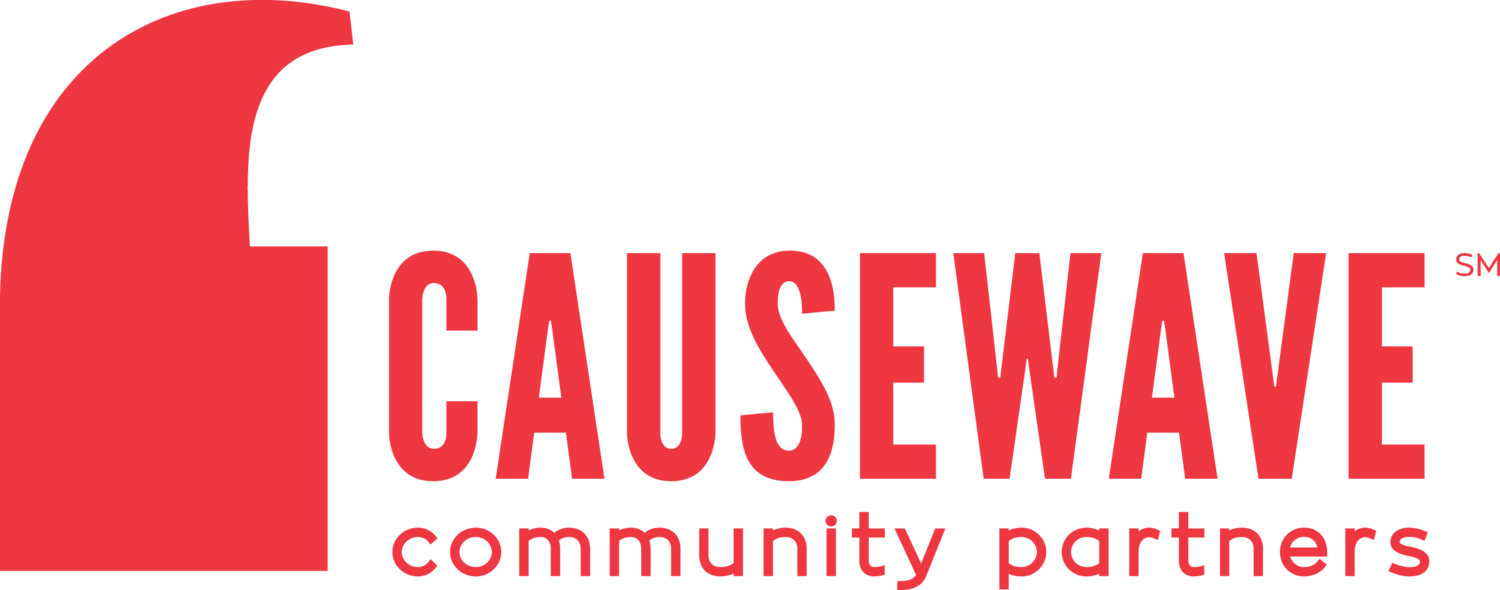3 Steps to Building Your Most Valuable Asset
Estimated read time: 4 minutes
In our world, marketing is commonly misunderstood as promotion (or more specifically advertising) and often classified as a luxury nonprofits cannot afford. However, promotion is only one of the “4 P’s” of the marketing mix – there is also price, place and product. This time-tested formula demonstrates that marketing does not solely equal your advertising budget and should be thought of as much broader than that.
The perception we have of any organization – for-profit or nonprofit – is shaped by the totality of our experiences with it. The helpfulness of the person we speak to on the phone. The feature story we see on the news. The respect afforded by a case manager. The cleanliness of the waiting room. The ease of the registration process. The quality of a service. Each of these experiences contributes to our perception of the organization and helps us categorize it in our minds as a place we will (or will not) visit again, refer our friends to or post about on social media. Every interaction is a test for which our organizations get a grade. These grades add up to the strength of our relationships with our target audiences.
So, if every interaction is, unavoidably, an interaction that reflects our brand, then every staff member should have “brand ambassador” in their job description. While many may see customer service as part of their job, they probably don’t see themselves as responsible for your organization’s brand. But they are – at least as much, if not more so than the marketing department. Some of the strongest brands are built primarily on the customer/client experience, and that’s highly likely in the nonprofit sector where advertising interactions are low and human interactions are high.
So, we can agree that our brands deserve our time and attention, but what do we do– especially with limited time, resources and staff? To help, we’ve outlined 3 initial steps to prioritize your organization’s brand:
Define it. The people closest to your organization – staff, board members, volunteers and clients – all have some idea of who you are and what you stand for. But, as organizations get more complex and expand their programming, it becomes more challenging for each of these stakeholders (all of whom represent your organization to the community) to deliver a simple, compelling message that portrays a clear idea of why your organization matters. There are robust brand development processes you can engage in, and that might be an important step for your organization to take. But if you can’t justify that time and money right now, start by having a discussion with the people closest to your organization about your mission and values, focusing specifically on what they look like in action. Define and outline examples for the important words in your mission and core values. It’s one thing to say one of your values is “compassionate” and it is another thing to take the time to really define what that specifically looks like at your organization–in your programs, in your policies, in your physical spaces, and among your staff.
Share it. A shared understanding of the brand among the Executive Director and Board chair isn’t enough. To be effective, involve your team at all levels–from other leadership roles and board members to frontline program staff and employees at the reception desk–in talking about the brand and its definitions. Broadening the circle of creators helps gain buy-in and ensures consistency and clarity across all parties. Keep sharing it across the organization in employee communications, at staff/department meetings, and in individual meetings with supervisors and staff. Everyone should understand and feel invested in bringing your organization’s brand to life.
Live it. Defining and sharing your organization’s brand is hard work, but it can’t stop there. Our beliefs and perceptions of any brand are based on the sum of the experiences we have with it, so it’s important to define how the brand gets delivered throughout all of the interactions (or touchpoints) we own. Engage all people responsible for delivering regular, high-frequency experiences and make team members part of the process to define the ideal experience in their area of expertise, using the brand (or mission/values) as the measuring stick for success.
Getting your whole team to embody your brand is an integral part of what goes into building your org’s capacity, or, what it takes to move your organization from where it is now to where you ideally want it to be. Definitions of capacity building vary but simply put, it is a continuous improvement strategy toward the creation of a sustainable and effective organization. Can an organization be sustainable or effective if they don’t pay attention to their brand? Maybe. But we’ve seen the rise and fall of those who don’t view their brand as exactly what’s noted above: a continuous improvement strategy. So while defining and sharing your brand is not a brief or simple process, it is necessary as a way to create a well understood culture that guides behavior, shapes constituent beliefs and ultimately leads to what we’re all really after: a sustainable model to serve our constituents for years to come.
Need more guidance on your brand strategy? Want to talk about another topic?
Start here: email info@causewave.org to schedule a free conversation with one of our expert team members. As a nonprofit that is all about nonprofits, we’re always here to help you navigate organizational change and connect you to the resources you need to meet your mission.
